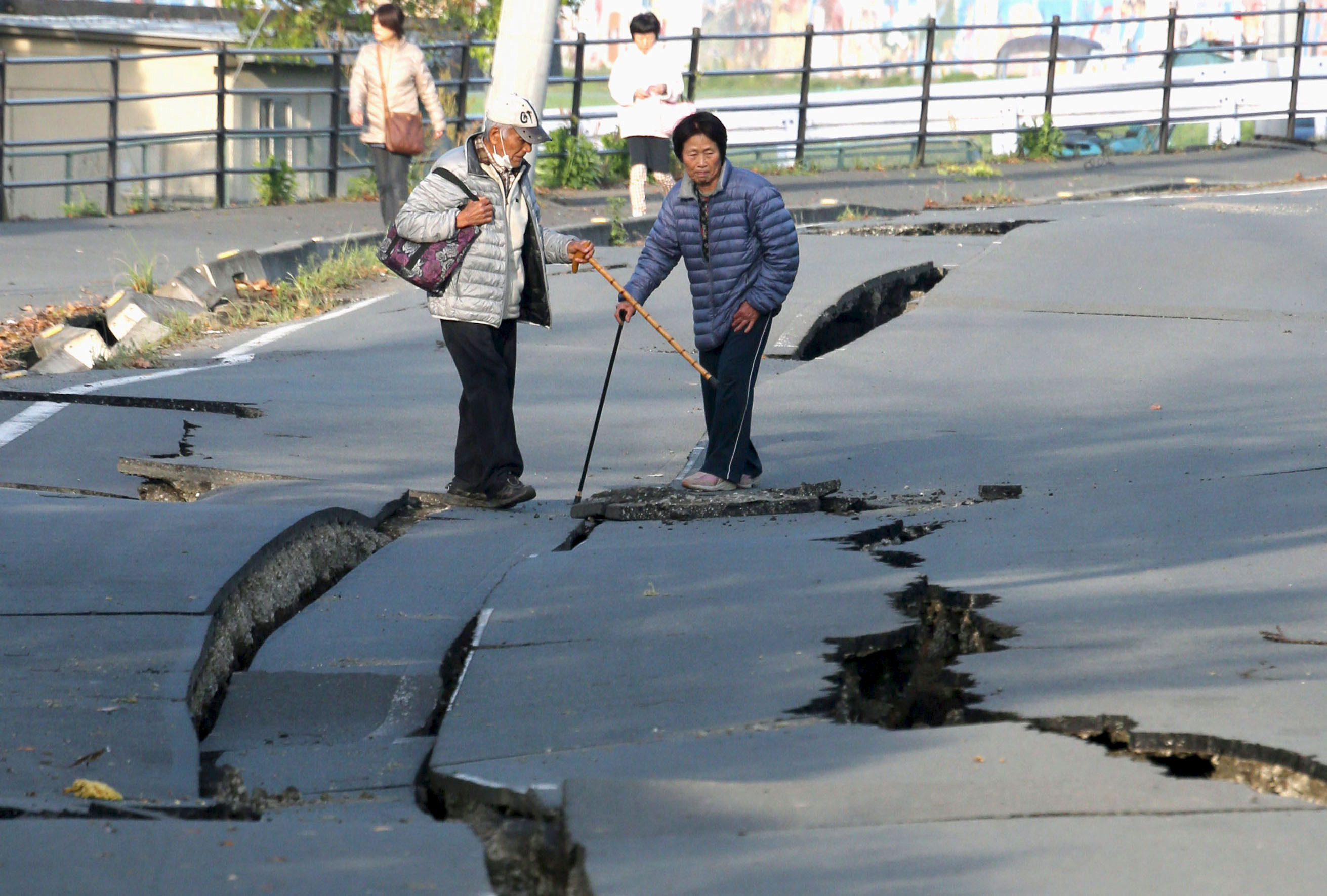The Great East Japan Earthquake was Japan's first major natural disaster since the rise of social media, and emergency planning outfits have been studying the data from March 11, 2011, in order better use SNS to save lives and help survivors. Online activities related to the current seismic activity in Kyushu have provided more information.
The advantage social media has over traditional media is immediacy. In the case of the 2011 disaster, notifications about the coming tsunami might have saved more lives if they had specifically told people to seek higher ground immediately. As it happened, many people who fled the waves tried to do so in vehicles that got caught in traffic and were swept away.
In Kumamoto, social networks exacerbated a problem associated with the evacuation. According to the Asahi Shimbun, authorities in Kumamoto city had designated facilities for up to 60,000 evacuees but 120,000 showed up following the quakes. Consequently, many were forced to live out of their cars in parking lots. This led evacuees to call for food and other supplies through posts on Facebook and Twitter, which were shared by people all over Japan. In a few hours the needed items were being sent to Kumamoto, but storage centers were unable to handle all the supplies, and there was no way to turn off the flow. As goods were arriving, people continued sharing the original requests for help. On-site personnel were so busy processing deliveries they didn't have time to dispatch the items to where they were needed.

















With your current subscription plan you can comment on stories. However, before writing your first comment, please create a display name in the Profile section of your subscriber account page.